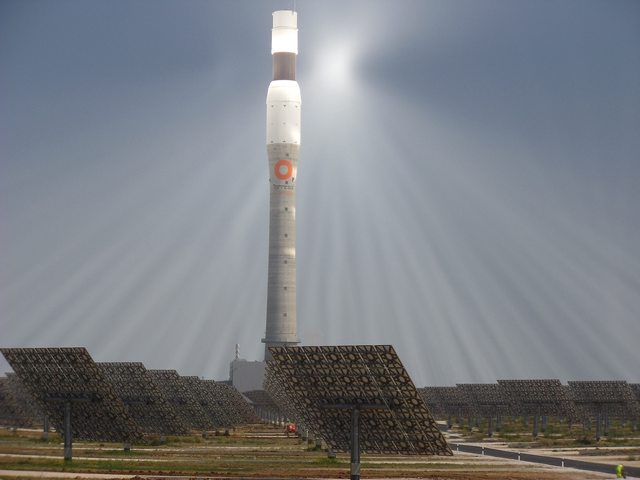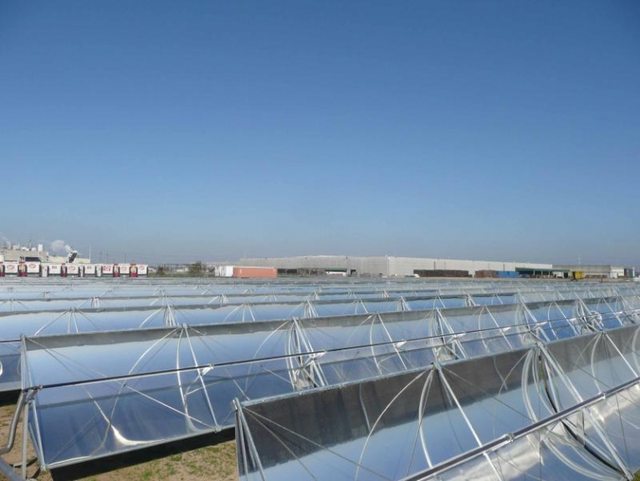HighlanderNorth
Flashlight Enthusiast
I learned about Stirling engines while watching a documentary several years ago, and this guy had a fairly large one outside his home that he could run on either wood, liquid fuel, etc. For those of you who might not know what a Stirling engine is, there are several companies that make different working desktop models, and here's a few:
Here's one of the coolest small Stirlings I've ever seen. Its a really well built, but fairly simple double cylinder alcohol burning Stirling engine you can buy. Scroll slightly down and you'll see a video icon you can click on to see it running:
http://www.ministeam.com/acatalog/Double-Cylinder.html
^^Scroll down that page to see many other double cylinder Stirlings made by the same company, but more complex with more cams, etc.
Here is another different type of Stirling engine from the same site that runs on the heat from a cup of hot water. Scroll down to find video icon to see them in action:
http://www.ministeam.com/acatalog/Low-Temperature.html
**BTW: ^the site where I got those links from has some really interesting stuff including small steam engines, as well as single, double, triple and quad cylinder Stirlings and a whole lot of other well made and interesting stuff. Check it out!
Here's an overly expensive model from another seller that runs off the heat from your hand:
http://www.youtube.com/watch?v=zCGTNArwJ0s
***Here's a small-mid sized Stirling a guy made for himself, which runs off the heat from his wood burning stove in his cabin, so that stove would already be a necessity for heat, but he is also essentially recycling that heat and using it to run the Stirling engine to perform other tasks:
http://www.youtube.com/watch?v=pPVCLpnTnvI
Having shown those examples, I have read that Stirlings arent extremely efficient, and they dont scale up to larger sizes without losing some efficiency in the process. But I also read that it might be possible to make them more efficient. What do you think? I would think that inefficiency wouldnt be a factor for the guy who's running one off a pre-existing energy source which is already in use to make heat, such as a wood burning stove or a furnace, or a radiator, because that energy is being recycled, so its almost free, redundant energy because its already there serving another purpose(am I explaining that idea clearly?)
What about steam engines? Do you think that steam engines could be re-introduced, but in more efficient designs. They already use steam engines in nuclear reactors......
Here's one of the coolest small Stirlings I've ever seen. Its a really well built, but fairly simple double cylinder alcohol burning Stirling engine you can buy. Scroll slightly down and you'll see a video icon you can click on to see it running:
http://www.ministeam.com/acatalog/Double-Cylinder.html
^^Scroll down that page to see many other double cylinder Stirlings made by the same company, but more complex with more cams, etc.
Here is another different type of Stirling engine from the same site that runs on the heat from a cup of hot water. Scroll down to find video icon to see them in action:
http://www.ministeam.com/acatalog/Low-Temperature.html
**BTW: ^the site where I got those links from has some really interesting stuff including small steam engines, as well as single, double, triple and quad cylinder Stirlings and a whole lot of other well made and interesting stuff. Check it out!
Here's an overly expensive model from another seller that runs off the heat from your hand:
http://www.youtube.com/watch?v=zCGTNArwJ0s
***Here's a small-mid sized Stirling a guy made for himself, which runs off the heat from his wood burning stove in his cabin, so that stove would already be a necessity for heat, but he is also essentially recycling that heat and using it to run the Stirling engine to perform other tasks:
http://www.youtube.com/watch?v=pPVCLpnTnvI
Having shown those examples, I have read that Stirlings arent extremely efficient, and they dont scale up to larger sizes without losing some efficiency in the process. But I also read that it might be possible to make them more efficient. What do you think? I would think that inefficiency wouldnt be a factor for the guy who's running one off a pre-existing energy source which is already in use to make heat, such as a wood burning stove or a furnace, or a radiator, because that energy is being recycled, so its almost free, redundant energy because its already there serving another purpose(am I explaining that idea clearly?)
What about steam engines? Do you think that steam engines could be re-introduced, but in more efficient designs. They already use steam engines in nuclear reactors......
Last edited:




